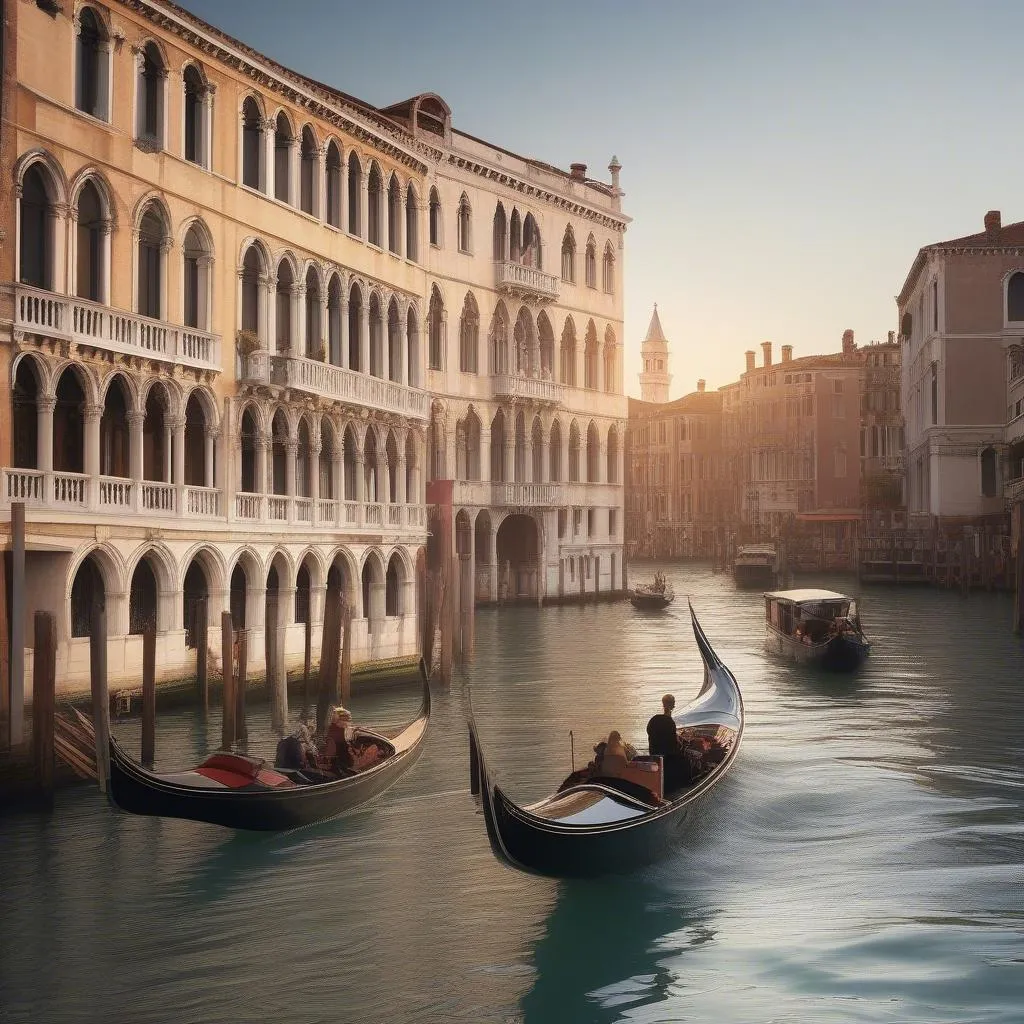Have you ever wandered through a bustling marketplace, the air thick with the scent of spices and the sound of bartering, and felt a sense of wonder at the sheer diversity of goods on display? That, my friends, is commercial geography at work, interwoven with the vibrant tapestry of tourism.
Commercial geography and tourism, while seemingly distinct fields, are in fact intertwined in a fascinating dance. They influence and shape each other in ways that enrich our understanding of global commerce, cultural exchange, and the very nature of travel itself.
What is Commercial Geography and Tourism?
Commercial geography studies the spatial distribution of economic activities – how goods and services are produced, traded, and consumed across the globe. Tourism, on the other hand, is the act of traveling to and staying in places outside one’s usual environment for leisure, business, or other purposes.
How do they intersect?
Imagine strolling down the Ramblas in Barcelona, marveling at the street performers and soaking in the atmosphere. You might pick up a handcrafted souvenir, dine at a local tapas bar, or even book a guided tour of the Sagrada Familia. All these actions, fueled by your tourist desires, contribute to the commercial landscape of Barcelona.
Here’s how commercial geography and tourism work in tandem:
- Tourism as an economic driver: Tourism infuses money into local economies, supporting businesses from souvenir shops to luxury hotels. This economic activity is a prime focus of commercial geography.
- Shaping landscapes: Tourist demand often leads to the development of infrastructure and attractions, altering the physical and economic landscape of a place. Think of the rise of resort towns along coastlines, driven by the allure of sun and sand.
- Cultural exchange: Both commercial geography and tourism facilitate the exchange of goods, services, and ideas between different cultures. This interaction can lead to both the celebration and, at times, the homogenization of local traditions.
Delving Deeper: Examples of the Interplay
Let’s journey to specific destinations to see this dynamic in action:
- Marrakech, Morocco: The Djemaa el-Fna square comes alive each evening, transformed into a bustling marketplace with food stalls, storytellers, and traditional goods. Tourists and locals alike engage in the vibrant trade, making it a prime example of commercial geography fueled by tourism.
- Venice, Italy: Famous for its canals and gondolas, Venice sees a huge influx of tourists annually. This has led to the proliferation of gondola businesses, souvenir shops, and restaurants catering to tourists, illustrating how tourism shapes commercial activity.
 Venetian Gondola
Venetian Gondola
Planning Your Trip? Consider the Commercial Landscape
When planning your next adventure, consider these aspects of commercial geography and tourism:
- Support local businesses: Opt for locally owned restaurants, shops, and accommodation to contribute directly to the local economy.
- Respect cultural nuances: Be mindful of local customs and traditions, especially when engaging in commercial activities like bargaining.
- Travel responsibly: Choose sustainable tourism options that minimize your environmental impact and support ethical businesses.
FAQs about Commercial Geography and Tourism
Q: How does globalization impact commercial geography and tourism?
A: Globalization has led to increased interconnectedness, impacting both fields. We see the rise of global hotel chains and international tourism flows, impacting local economies and cultural landscapes in complex ways.
Q: Can tourism negatively impact a destination’s commercial geography?
A: Yes, over-tourism can lead to inflated prices, strain local resources, and create economic dependence on tourism, potentially harming local businesses and residents.